Founded in 1905 Japanese Swords and Fittings GINZA SEIKODO
PRODUCT Katana Unsigned attributed to Kanemitsu
- NBTHK 18th Tokubetsu Juyo Token
Katana Unsigned attributed to Kanemitsu
Details
- Length
67.65㎝
- Curvature
1.7㎝
- Base Width
3.05㎝
- Top Width
2.5㎝
- Katana Unsigned attributed to Kanemitsu
*Please enquire for details - NBTHK 18th Tokubetsu Juyo Token
The Bizen Osafune tradition was started by Mitsutada in the mid Kamakura period and was carried on by Nagamitsu, Kagemitsu, and Kanemitsu. Kanemitsu worked for a 45 year period spanning the Gengo era in the late Kamakura period through the Joji era in the Nambokucho period. Until the Koei era of the Nambokucho period, Kanemitsu’s work was of standard shape reflecting kakugunome, kataochi gunome, and suguha base similar to his father Kagemitsu. However, from the Jowa and Kano eras, his work became large incorporating bold notare hamon. This notare style is most commonly seen in the Bunna and Enbun eras, and with the pronounced nie, it is referred to as Soden-Bizen.
This piece shows a bold shape reflective of the Enbun / Joji era, a blend of itame and mokume, fine jinie, chikei, and midare-utsuri. The hamon is a chusuguha base with gunome and kataochigunome, much ashi, saka-ashi, and yo, and a bright nioiguchi with much ko-nie. The boshi is pronounced at the point with a kaeri, overall reflecting Kanemitsu’s typical style of the Nambokucho period. Both the ji and ha are in extremely good condition with much nikuoki. This sword is a particularly impressive example among Kanemitsu’s attributed work.
In addition, the sayagaki dated June in the 25th year of Meiji, was done by Honnami Choshoku at the age of 67, and notes the sword’s name as “Yatarobo,” although the origin of this name is currently unknown.
-

- ZOOM
-
-
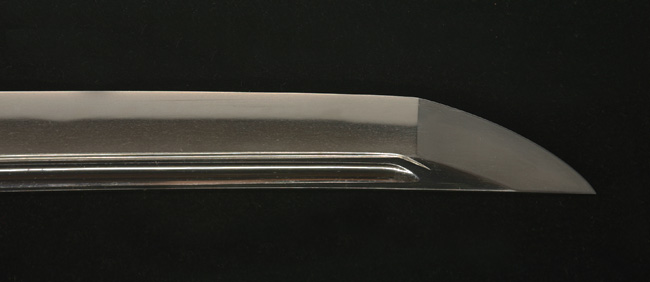
- ZOOM
-
-

- ZOOM
-
-
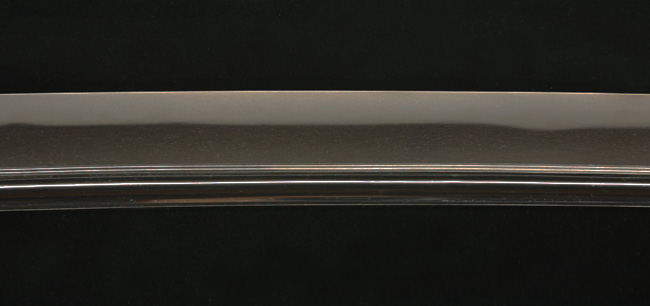
- ZOOM
-
-
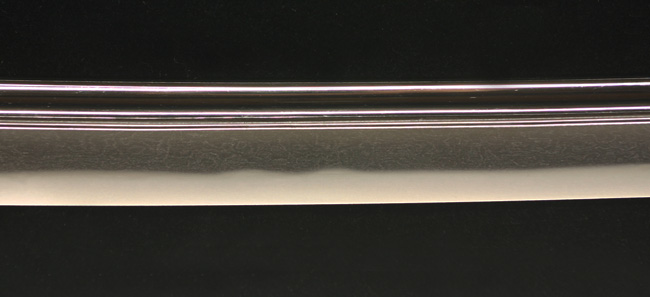
- ZOOM
-
-

- ZOOM
-
-
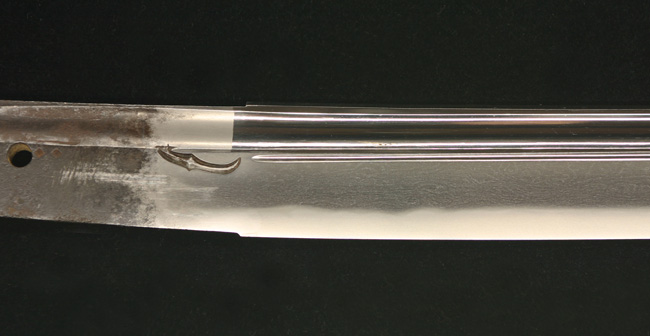
- ZOOM
-
-
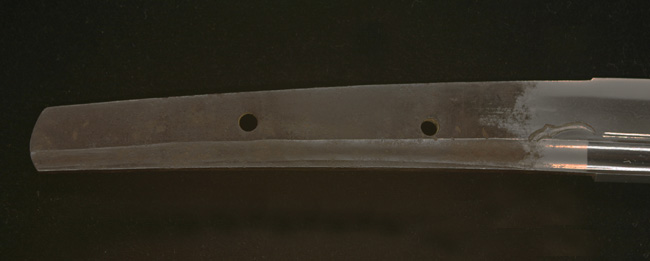
- ZOOM
-
-
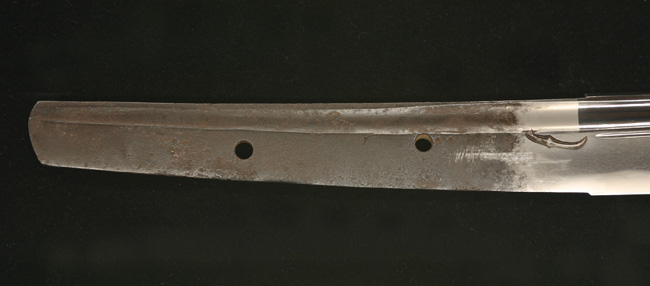
- ZOOM
-
-
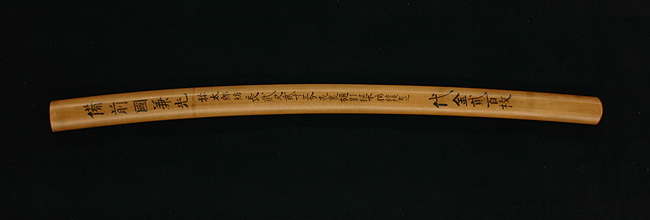
- ZOOM
-
-

- ZOOM
-
-
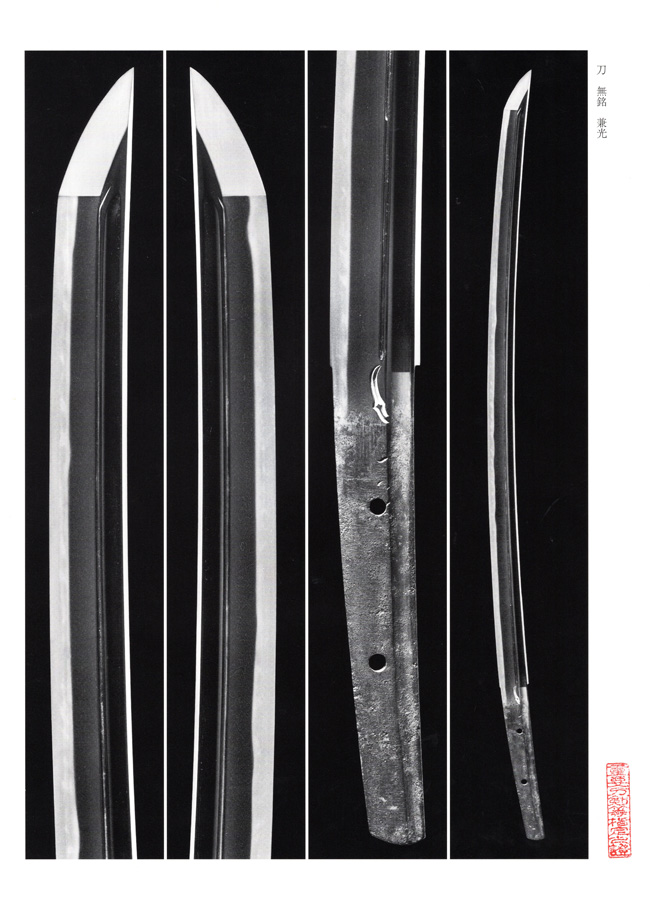
- ZOOM
-